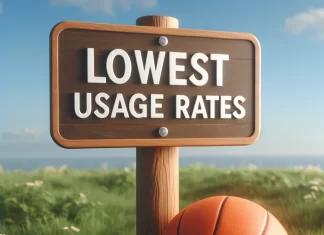In the world of betting, whether it’s on sports, casino games, racing, or any other form of wagering, the term “vig” or “vigorish” (sometimes referred to as “Juice“) plays a central role, yet it often goes unnoticed by many punters.
Understanding what “vig” means and how it’s calculated is crucial for anyone looking to engage seriously in betting, as it affects every bet placed and can significantly impact long-term profitability.
Definition of Vigorish (Vig)
The term “vig,” short for vigorish, also known as “juice,” “cut,” or “take,” refers to the commission that bookmakers charge on bets.
This fee is how sportsbooks ensure they make a profit regardless of the outcome of the event. Essentially, the vig is built into the odds offered on a particular wager, subtly shifting the odds to favor the house.
The Purpose of Vig
The primary purpose of vig is to ensure that a sportsbook makes a profit on the total action of bets, regardless of the outcomes of the event.
By charging a vig, the bookmaker can balance their books by adjusting the odds to attract bets on both sides of an event, thereby minimizing their risk.
In a perfectly balanced book, the amount of money bet on each outcome will guarantee the bookmaker a profit due to the vig.
How Vig Affects Odds
Vig is most commonly seen in point spread and total points betting (over/under) betting. To illustrate, consider a typical point spread for an NBA game where both teams are given equal chances of winning.
Without vig, both sides would have even odds, or +100 (bet $100 to win $100). However, with vig, you might see each side listed at -110. This means you need to bet $110 to win $100, which is where the bookmaker’s commission comes in.
Calculation of Vig
The calculation of vig can be demonstrated simply through the odds offered by bookmakers. For example, in the case where both teams have -110 odds, the calculation goes as follows:
- Convert the odds to a probability. For -110, the implied probability can be calculated using the formula:
Probability = risk ÷ risk + win
Here, you risk $110 to win $100, so the calculation is:
Probability = 110 ÷ 110 + 100 = 52.38%
- Add the probabilities of both outcomes. In a two-outcome event where both have -110 odds, you add:
52.38% + 52.38% = 104.76%
Theoretically, these probabilities should add up to 100% if there were no vig. The extra 4.76% represents the vig.
- Calculate the vig percentage. The actual vig can be found by:
Vig % = Total Probability - 100% ÷ x 100 Total Probability
Plugging in our numbers:
Vig % = 104.76% - 100% ÷ x 100 = 4.54% 104.76%
Strategic Implications of Understanding Vig
For bettors, understanding and calculating vig is fundamental for several reasons:
- Better Decision Making: Knowing how much vig you’re paying can help you decide if a bet is worth placing based on the true cost of the bet.
- Shopping for Odds: Different sportsbooks may offer different vigs. Bettors can “shop around” for the best odds, effectively lowering the vig they pay and increasing potential profits.
- Long-term Strategy: Understanding vig helps bettors focus on not just winning bets but also on profitable betting strategies over time. Reducing the impact of vig can significantly enhance long-term profitability.
While the idea of vig might seem minor or technical, it is a cornerstone of sports betting and a critical factor in the bookmaking business.
By understanding how vig works and how it’s calculated, bettors can make more informed decisions, enhancing their overall betting strategy and improving their chances of success in the competitive world of sports betting.













































